-
 bitcoin
bitcoin $111375.742210 USD
-8.60% -
 ethereum
ethereum $3780.311592 USD
-13.98% -
 tether
tether $1.001299 USD
0.07% -
 bnb
bnb $1093.375857 USD
-13.01% -
 xrp
xrp $2.339375 USD
-16.91% -
 solana
solana $185.029017 USD
-16.69% -
 usd-coin
usd-coin $1.000230 USD
0.04% -
 tron
tron $0.319531 USD
-5.16% -
 dogecoin
dogecoin $0.190791 USD
-23.59% -
 cardano
cardano $0.638663 USD
-21.82% -
 ethena-usde
ethena-usde $0.998483 USD
-0.20% -
 hyperliquid
hyperliquid $37.741486 USD
-14.68% -
 chainlink
chainlink $17.229851 USD
-22.17% -
 stellar
stellar $0.316546 USD
-16.74% -
 bitcoin-cash
bitcoin-cash $507.861193 USD
-13.18%
How does decentralized storage protect data? What are its advantages over cloud storage?
Decentralized storage enhances data security and privacy through encryption, redundancy, and blockchain technology, offering advantages over traditional cloud storage systems.
May 07, 2025 at 03:49 pm
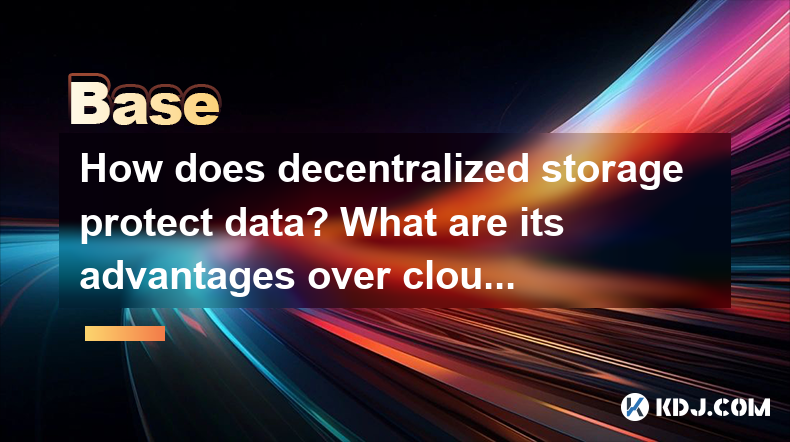
Introduction to Decentralized Storage
Decentralized storage represents a paradigm shift in how data is stored and managed. Unlike traditional centralized cloud storage, decentralized storage distributes data across a network of nodes, ensuring that no single entity has control over the entire data set. This approach inherently enhances data security and privacy. By leveraging blockchain technology, decentralized storage solutions like IPFS (InterPlanetary File System) and Filecoin provide robust mechanisms for data protection that are not easily achievable with conventional cloud storage systems.
Mechanisms of Data Protection in Decentralized Storage
Decentralized storage employs several key mechanisms to protect data:
- Encryption: Data stored in decentralized networks is typically encrypted before being distributed across nodes. This encryption ensures that even if a node is compromised, the data remains unreadable without the decryption keys.
- Redundancy: Data is replicated across multiple nodes, reducing the risk of data loss. If one node goes offline or is compromised, the data can still be accessed from other nodes.
- Immutable Records: Blockchain technology ensures that once data is stored, it cannot be altered without consensus from the network. This immutability protects data integrity and prevents unauthorized changes.
- Access Control: Decentralized storage systems often use smart contracts or similar mechanisms to control who can access and modify data. This granular control enhances security by ensuring only authorized users can interact with the data.
Advantages of Decentralized Storage Over Cloud Storage
Decentralized storage offers several advantages over traditional cloud storage, which can be broken down into the following categories:
- Enhanced Security: As mentioned, the distributed nature of decentralized storage makes it more resistant to attacks. Cloud storage, on the other hand, can be a single point of failure if the central server is compromised.
- Data Sovereignty: Users retain control over their data in decentralized systems. With cloud storage, data is often subject to the policies and jurisdiction of the service provider.
- Cost Efficiency: Decentralized storage can be more cost-effective over time. Cloud storage often involves recurring fees, whereas decentralized storage may offer a one-time payment model or lower ongoing costs.
- Resilience: The redundancy in decentralized storage ensures high availability and resilience. Cloud storage can suffer from downtime and data loss if the central server fails.
- Privacy: Decentralized storage inherently protects privacy by not requiring users to trust a single entity with their data. Cloud storage providers can access and potentially misuse user data.
Practical Example: Using IPFS for Decentralized Storage
To illustrate how decentralized storage works in practice, let's consider using IPFS, a popular decentralized storage solution:
- Install IPFS: Begin by downloading and installing the IPFS software from the official website. Follow the installation instructions specific to your operating system.
- Initialize IPFS: Open a terminal and run the command
ipfs initto set up your IPFS node. - Add Data: Use the command
ipfs addto add a file to the IPFS network. The command will return a unique content identifier (CID) for the file. - Retrieve Data: To retrieve the file, use the command
ipfs get. This will download the file from the IPFS network to your local machine. - Share Data: You can share the CID with others, allowing them to access the file directly from the decentralized network without relying on a central server.
Challenges and Considerations
While decentralized storage offers numerous benefits, it also comes with its own set of challenges:
- Complexity: Setting up and managing a decentralized storage system can be more complex than using a cloud service. Users need to understand the underlying technology to effectively use and maintain their data.
- Scalability: Decentralized networks can face scalability issues as they grow. Ensuring that the network can handle increased data volumes and maintain performance is a significant challenge.
- Regulatory Compliance: Decentralized storage can complicate compliance with data protection regulations. Users must ensure that their use of decentralized storage aligns with relevant laws and regulations.
Frequently Asked Questions
Q: Can decentralized storage be used for sensitive data like financial records?A: Yes, decentralized storage can be used for sensitive data. The encryption and redundancy features provide strong protection. However, users must ensure they follow best practices for key management and access control to maintain security.
Q: How does decentralized storage handle data recovery if a node fails?A: Decentralized storage uses redundancy to ensure data recovery. If a node fails, the data can be retrieved from other nodes that hold copies. The network continuously monitors and rebalances data to maintain availability.
Q: Is decentralized storage more environmentally friendly than cloud storage?A: Decentralized storage can be more environmentally friendly due to its distributed nature, which can lead to more efficient use of resources. However, the environmental impact depends on the energy efficiency of the nodes and the blockchain technology used.
Q: Can decentralized storage be integrated with existing applications?A: Yes, decentralized storage can be integrated with existing applications through APIs and SDKs provided by decentralized storage platforms. This allows developers to leverage the benefits of decentralized storage without requiring users to understand the underlying technology.
Disclaimer:info@kdj.com
The information provided is not trading advice. kdj.com does not assume any responsibility for any investments made based on the information provided in this article. Cryptocurrencies are highly volatile and it is highly recommended that you invest with caution after thorough research!
If you believe that the content used on this website infringes your copyright, please contact us immediately (info@kdj.com) and we will delete it promptly.
- Solana, ETFs, and Altcoins: What's the Deal?
- 2025-10-11 09:05:16
- Meme Coins in 2025: Beyond the Hype
- 2025-10-11 09:05:16
- Decoding Crypto Trends: From Bitcoin's Dip to Polymarket's Buzz and Emerging Altcoins – A New Yorker's Take
- 2025-10-11 09:10:01
- Honoring the Legacy: Hispanic Veterans in Illinois
- 2025-10-11 08:45:11
- Bitcoin, Trump, and Trade Wars: Retaliation Rattles the Crypto Market
- 2025-10-11 08:25:15
- Score Big with BetMGM Bonus: Tigers-Mariners Thrills & NFL Game Action!
- 2025-10-11 08:45:11
Related knowledge
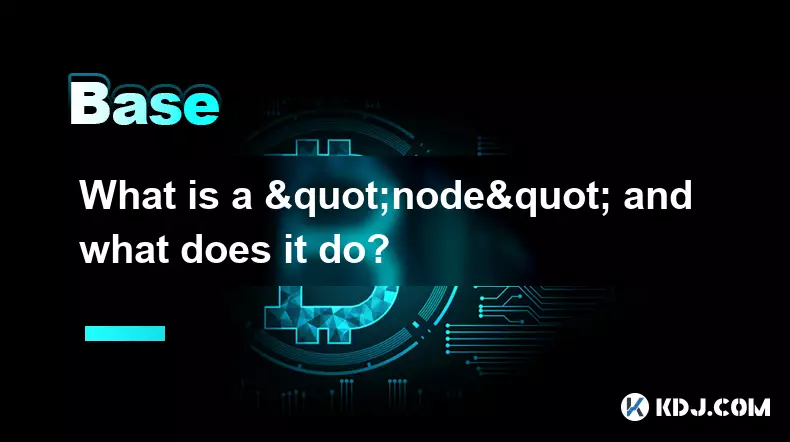
What is a "node" and what does it do?
Oct 10,2025 at 02:54pm
Understanding the Role of a Node in Blockchain Networks1. A node refers to any computer or device that participates in a blockchain network by maintai...
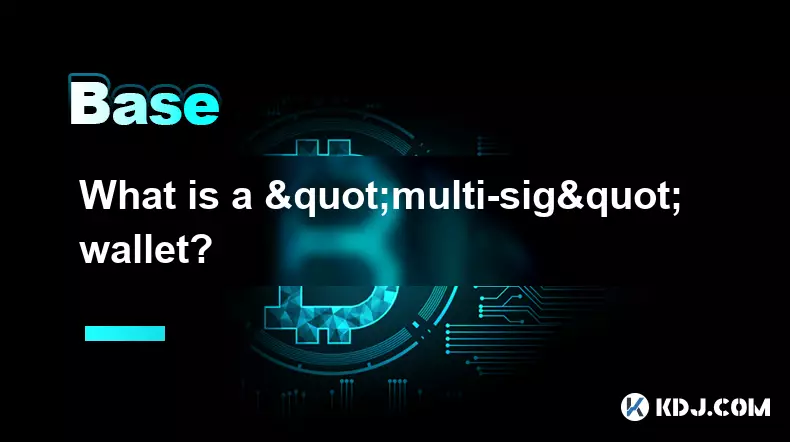
What is a "multi-sig" wallet?
Oct 11,2025 at 10:01am
Understanding Multi-Sig Wallets in the Cryptocurrency EcosystemA multi-signature (multi-sig) wallet is a type of digital wallet that requires more tha...
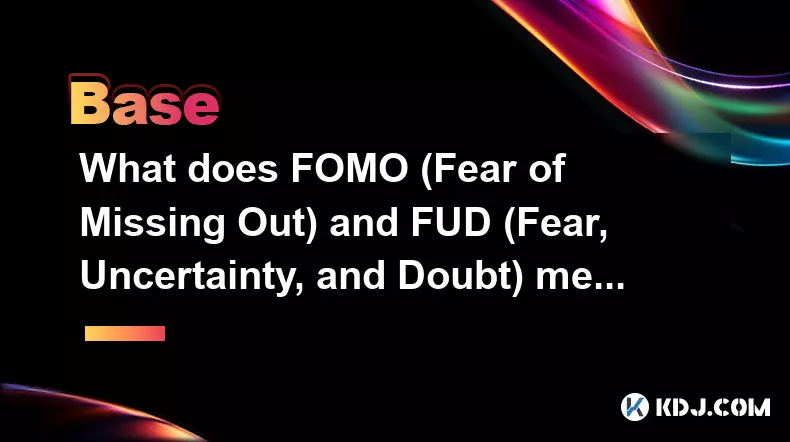
What does FOMO (Fear of Missing Out) and FUD (Fear, Uncertainty, and Doubt) mean?
Oct 10,2025 at 02:36pm
FOMO in the Cryptocurrency Market1. FOMO, or Fear of Missing Out, is a psychological trigger that drives individuals to act quickly out of concern the...
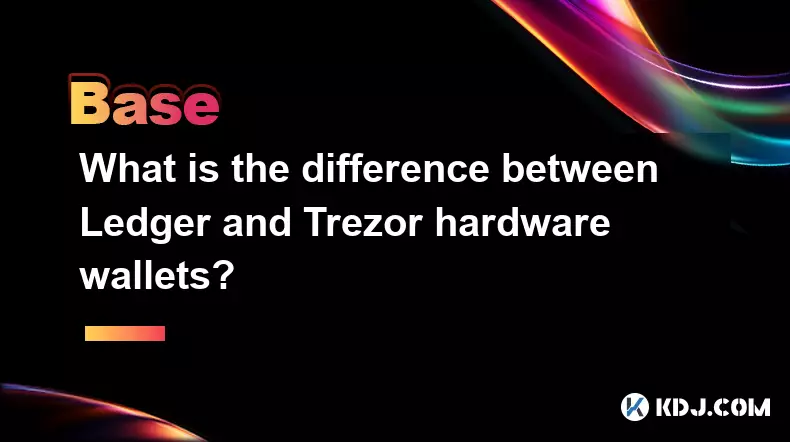
What is the difference between Ledger and Trezor hardware wallets?
Oct 11,2025 at 08:19am
Differences in Security Architecture1. Ledger utilizes a Secure Element chip, a feature commonly found in banking cards and smartphones, to store priv...

Do you have to pay taxes on cryptocurrency gains?
Oct 10,2025 at 03:19pm
Tax Obligations for Cryptocurrency Gains1. Cryptocurrency is treated as property by tax authorities in many jurisdictions, including the United States...

How does cryptocurrency achieve decentralization?
Sep 30,2025 at 04:37am
Understanding the Foundation of Decentralization in Cryptocurrency1. Cryptocurrency achieves decentralization primarily through the use of blockchain ...

What is a "node" and what does it do?
Oct 10,2025 at 02:54pm
Understanding the Role of a Node in Blockchain Networks1. A node refers to any computer or device that participates in a blockchain network by maintai...

What is a "multi-sig" wallet?
Oct 11,2025 at 10:01am
Understanding Multi-Sig Wallets in the Cryptocurrency EcosystemA multi-signature (multi-sig) wallet is a type of digital wallet that requires more tha...

What does FOMO (Fear of Missing Out) and FUD (Fear, Uncertainty, and Doubt) mean?
Oct 10,2025 at 02:36pm
FOMO in the Cryptocurrency Market1. FOMO, or Fear of Missing Out, is a psychological trigger that drives individuals to act quickly out of concern the...

What is the difference between Ledger and Trezor hardware wallets?
Oct 11,2025 at 08:19am
Differences in Security Architecture1. Ledger utilizes a Secure Element chip, a feature commonly found in banking cards and smartphones, to store priv...

Do you have to pay taxes on cryptocurrency gains?
Oct 10,2025 at 03:19pm
Tax Obligations for Cryptocurrency Gains1. Cryptocurrency is treated as property by tax authorities in many jurisdictions, including the United States...

How does cryptocurrency achieve decentralization?
Sep 30,2025 at 04:37am
Understanding the Foundation of Decentralization in Cryptocurrency1. Cryptocurrency achieves decentralization primarily through the use of blockchain ...
See all articles





















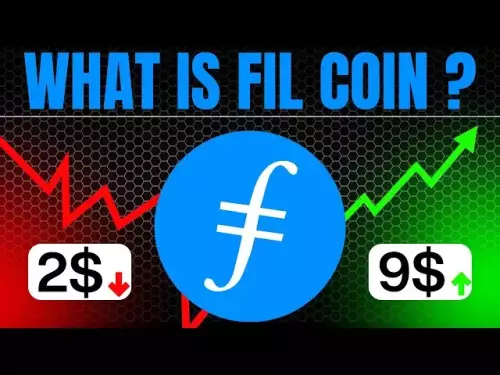




![Internet Computer Price Prediction [ICP Crypto Is A Hold?] Here’s Why Internet Computer Price Prediction [ICP Crypto Is A Hold?] Here’s Why](/uploads/2025/10/11/cryptocurrencies-news/videos/internet-computer-price-prediction-icp-crypto-hold/68e9ac40cf659_image_500_375.webp)















































